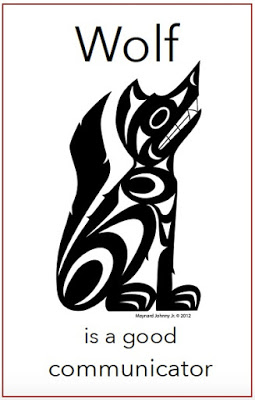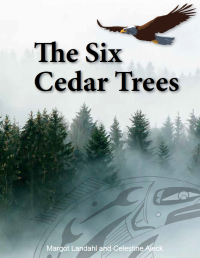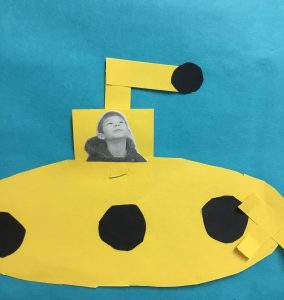Parkcrest School has chosen the book The Six Cedar Trees as a catalyst to incorporate indigenous worldviews and perspectives into our learning. The Six Cedar Trees features the core competencies, each represented by an animal (bear, beaver, orca, raven, salmon and wolf) from the Pacific Northwest Coast. As we explore each animal’s characteristics and habits, we learn a bout how we can develop the intellectual, personal, and social and emotional proficiencies that we need in order to engage in deep and life-long learning. Each animal, and the corresponding core competency, will be introduced at a school-wide assembly throughout the year.
bout how we can develop the intellectual, personal, and social and emotional proficiencies that we need in order to engage in deep and life-long learning. Each animal, and the corresponding core competency, will be introduced at a school-wide assembly throughout the year.
The first animal that we have learned about is Wolf. Wolf is a good communicator. Wolf reminds us to cooperate, listen with respect and share our ideas. The children of Division 8 have completed a self-assessment of how they see themselves as a communicator; emerging, developing, proficient or extending. Please visit your child’s blogfolio to view his/her response.


